This afternoon (November 15), the Provincial Party Committee, People's Committee and Fatherland Front Committee of Ca Mau province organized a scientific workshop "200 days of regrouping to the North in Ca Mau - strategic vision and historical value".
Reviewing history, Mr. Nguyen Tien Hai, Secretary of Ca Mau Provincial Party Committee, said that on May 7, 1954, after 9 years of long resistance war against French colonialism, under the leadership of the Party and President Ho Chi Minh , our army and people achieved the historic victory of Dien Bien Phu that shook the world.
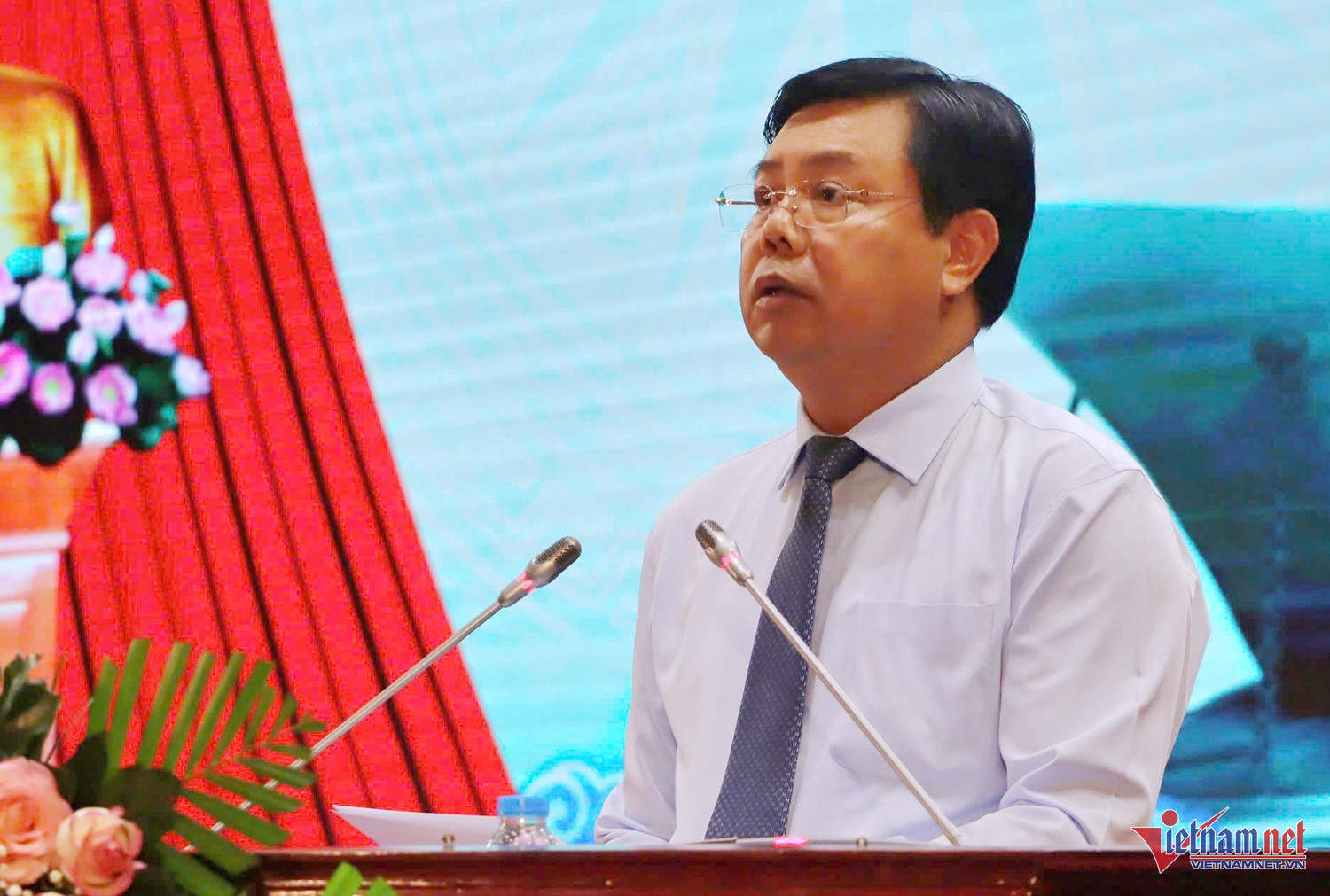
That historic victory directly contributed to forcing the French Government and relevant parties to sign the Geneva Agreement on the cessation of hostilities in Vietnam, taking the 17th parallel as a temporary military boundary to conduct the regrouping of forces of both sides.
According to the Agreement, the assembly point in the South was selected in 3 areas: the 80-day assembly area in Ham Tan - Xuyen Moc (present-day Ba Ria - Vung Tau province); the 100-day assembly area in Cao Lanh (Dong Thap) and the 200-day assembly area in Ca Mau. Of which, the assembly point in Ca Mau was the focal point, with the longest duration.
“During the 200 days of regrouping, the people of Ca Mau truly lived days of freedom and happiness. On February 8, 1955, the last train transporting troops from the Southern region from the regrouping area left Song Doc wharf, ending the 200 days of regrouping in the locality,” the Provincial Party Secretary shared.
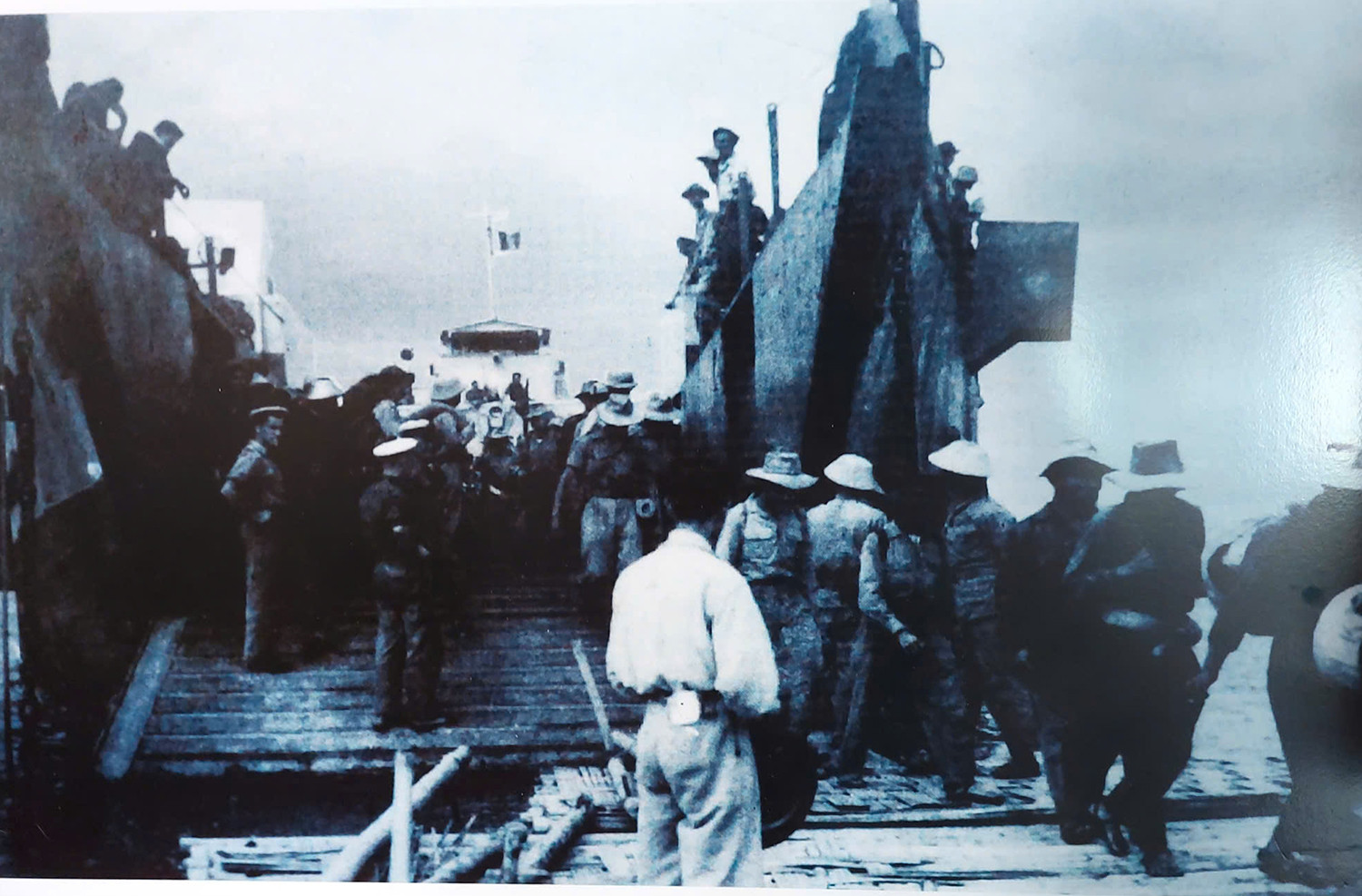
Speaking at the workshop, Deputy Head of the Central Propaganda Department Dinh Thi Mai said that Ca Mau is one of three regions in the South that was honored to be chosen as the assembly area with the longest time to organize the armed forces and Vietnamese volunteer soldiers in Cambodia to assemble in the North.
Organizing the regrouping of forces to the North not only implemented the Geneva Agreement but was also part of the work of restoring order and stability after the war.
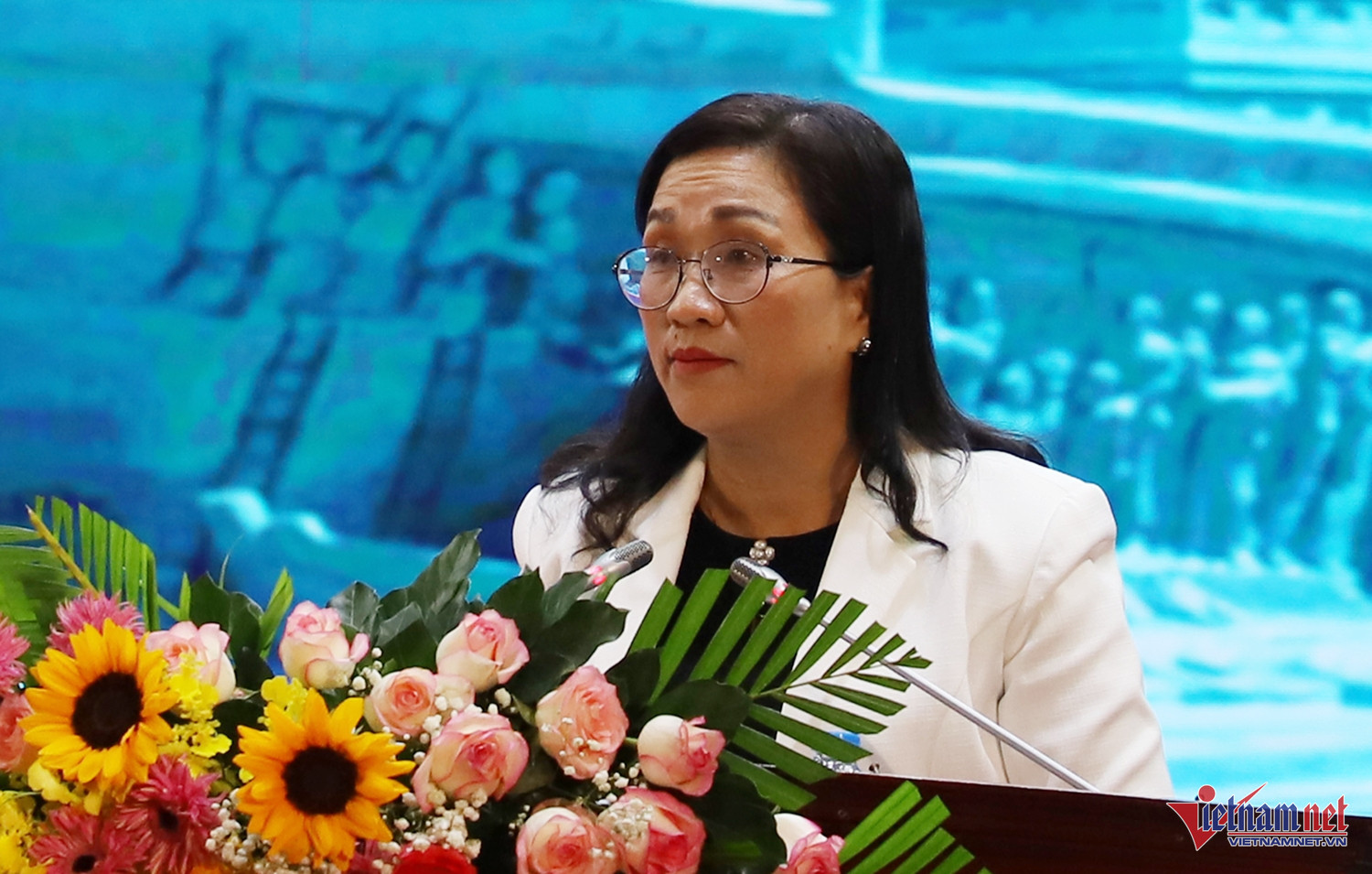
“This is a policy on the management of treatment, use, training and education of cadres and soldiers, contributing to the cause of building socialism in the South and preparing forces for the struggle for national reunification. This event has gone down in history, leaving an unforgettable mark in the hearts of compatriots, cadres, soldiers and people in the North and South,” said the Deputy Head of the Central Propaganda Department.
The conference also recorded nearly 50 articles and presentations focusing on clarifying the historical context, the leadership of the Party Central Committee and President Ho Chi Minh during this period; the activities of the forces in the assembly area in Ca Mau before boarding ships to the North...
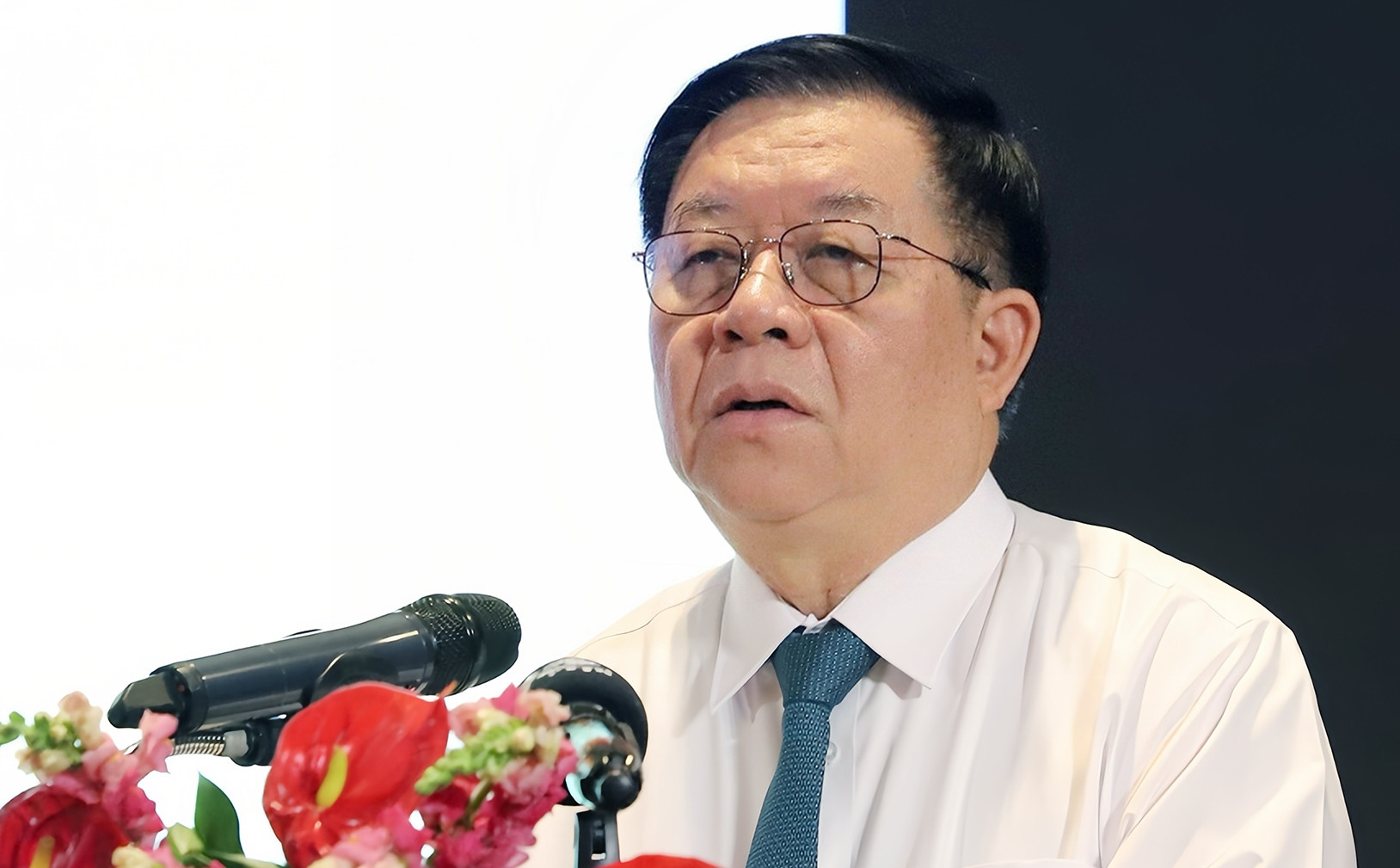
'The entire propaganda sector proactively grasps public opinion and orients information' Mr. Nguyen Trong Nghia - Politburo member, Secretary of the Party Central Committee, Head of the Central Propaganda Department requested the entire propaganda sector to promote a proactive and creative spirit, promptly grasp the ideological situation and public opinion.
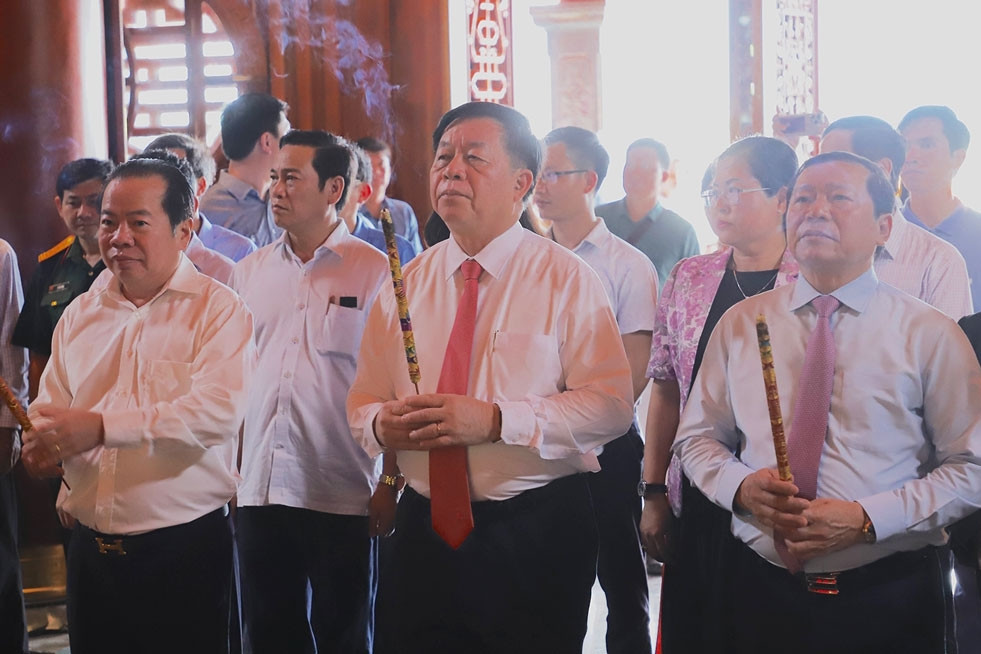
Head of the Central Propaganda Department offers incense at Uncle Ho's statue in Phu Quoc Politburo member, Head of the Central Propaganda Department - Mr. Nguyen Trong Nghia - and the delegation came to offer flowers and incense at Uncle Ho's statue and Phu Quoc martyrs' temple.
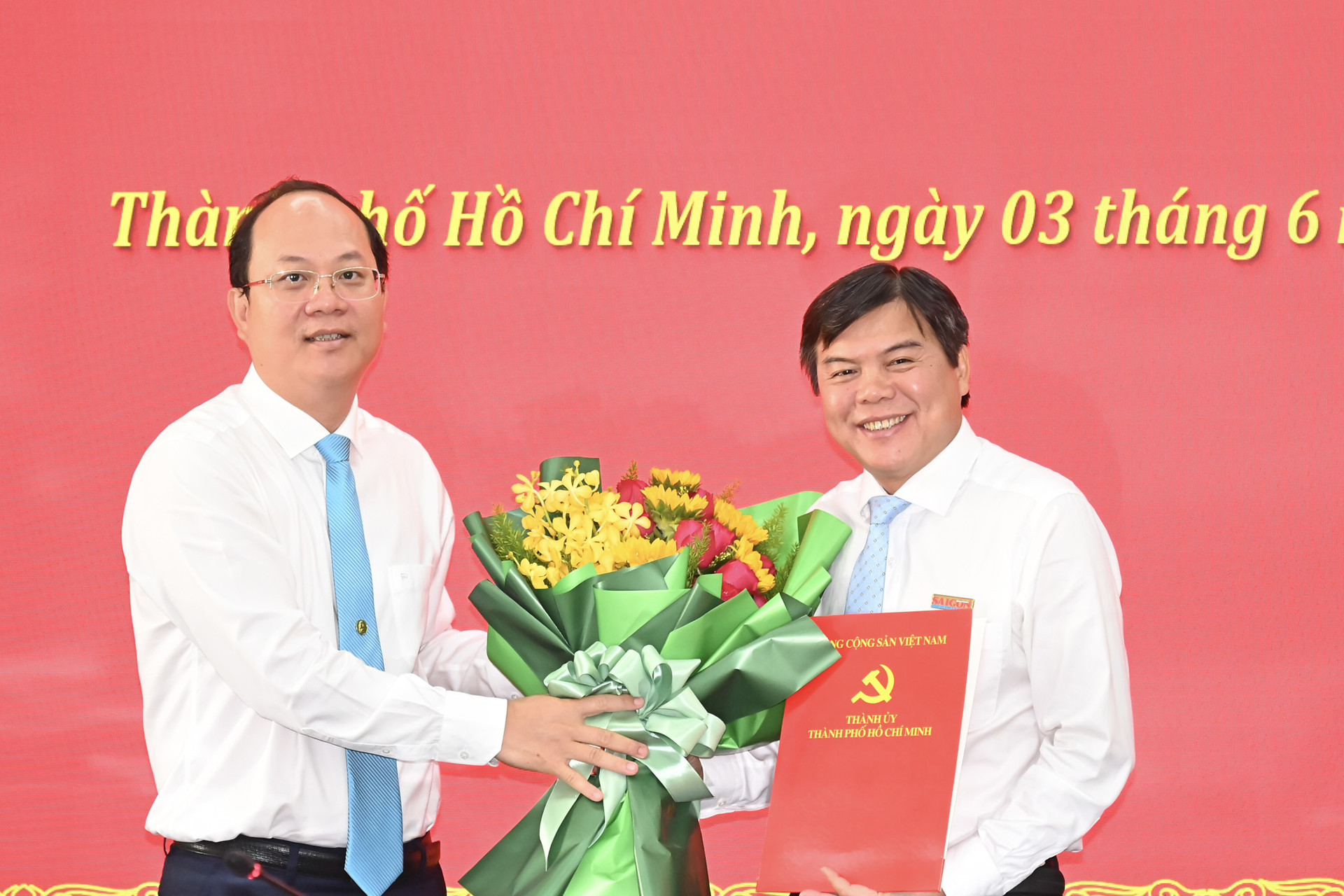
Mr. Tang Huu Phong, Deputy Head of the Propaganda Department of the Ho Chi Minh City Party Committee , Editor-in-Chief of Saigon Giai Phong Newspaper, was mobilized and appointed by the City Party Committee to hold the position of Deputy Head of the Propaganda Department of the Ho Chi Minh City Party Committee.


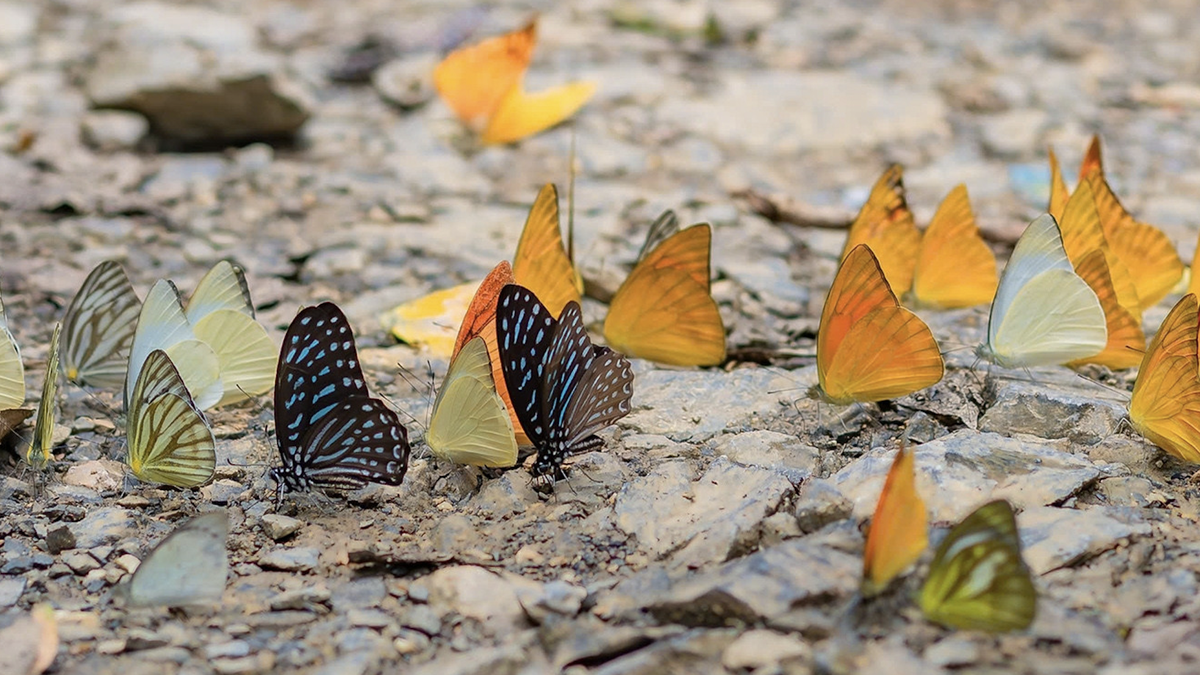
![[Photo] Prime Minister Pham Minh Chinh and Prime Minister of the Kingdom of Thailand Paetongtarn Shinawatra attend the Vietnam-Thailand Business Forum 2025](https://vphoto.vietnam.vn/thumb/1200x675/vietnam/resource/IMAGE/2025/5/16/1cdfce54d25c48a68ae6fb9204f2171a)
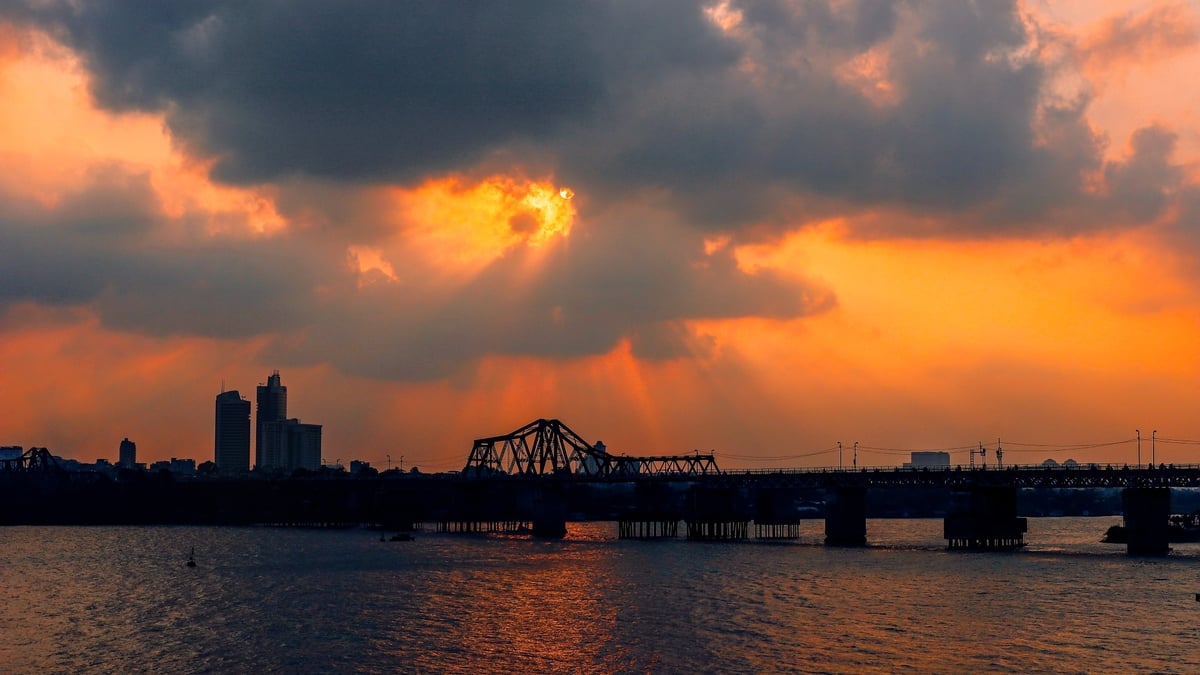



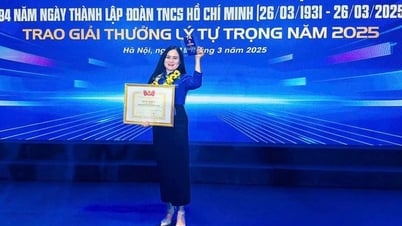







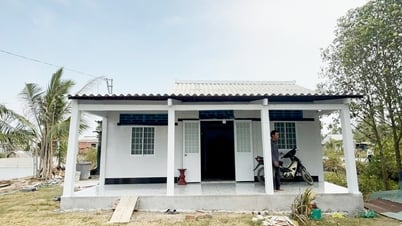

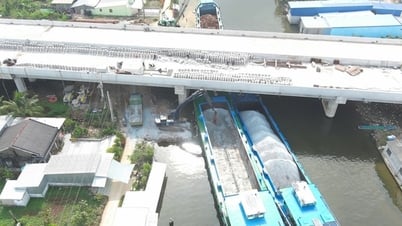


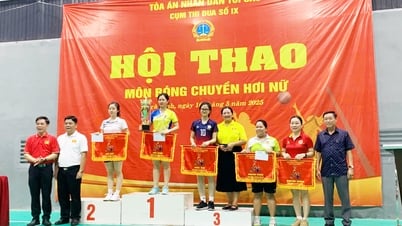

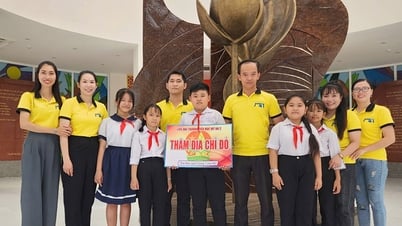

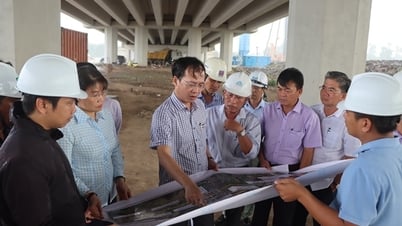




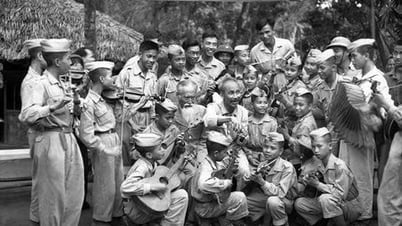

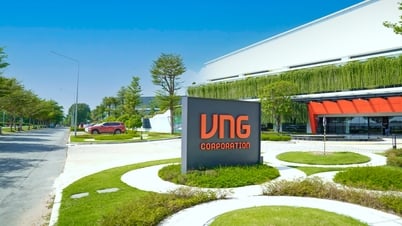
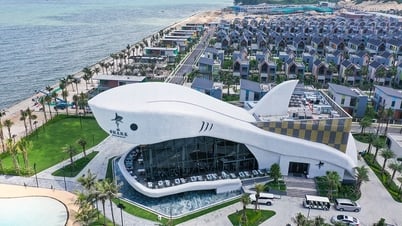
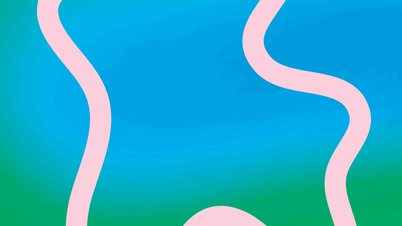
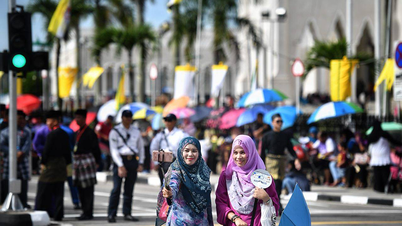
![[Photo] President Luong Cuong receives Prime Minister of the Kingdom of Thailand Paetongtarn Shinawatra](https://vphoto.vietnam.vn/thumb/1200x675/vietnam/resource/IMAGE/2025/5/16/52c73b27198a4e12bd6a903d1c218846)


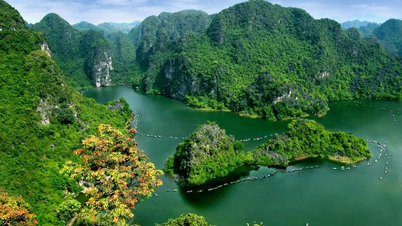
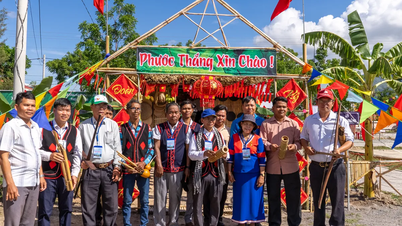





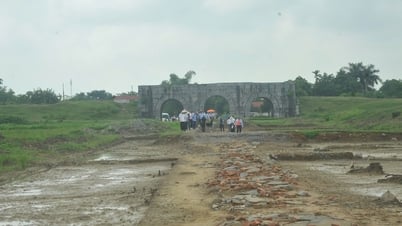




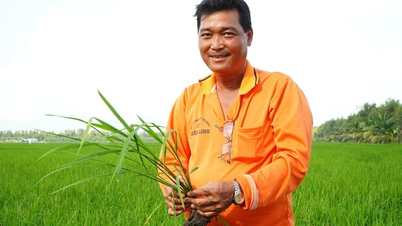

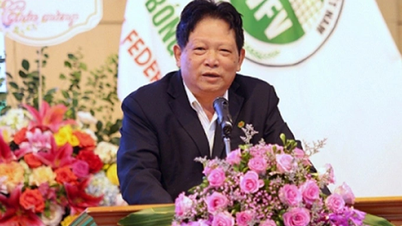
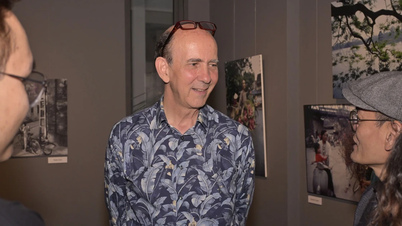






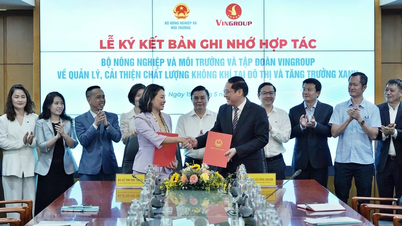

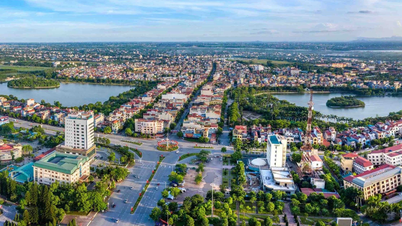



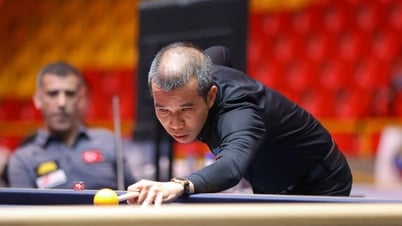

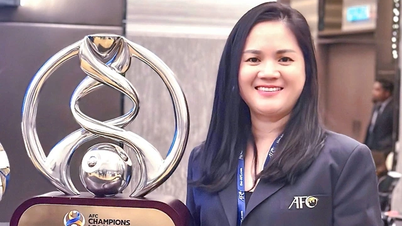
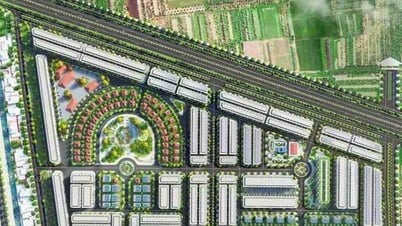

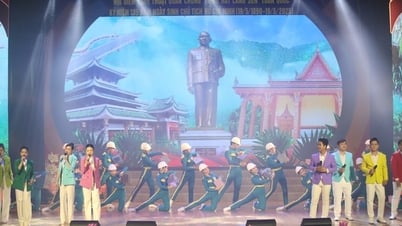
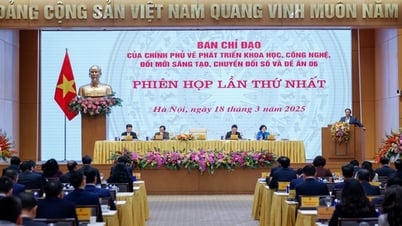
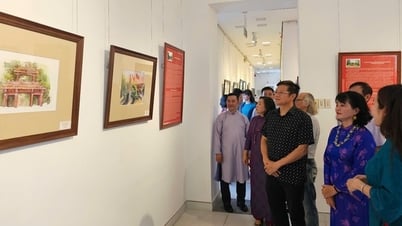
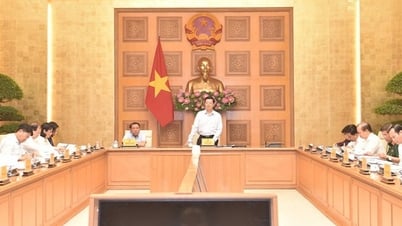
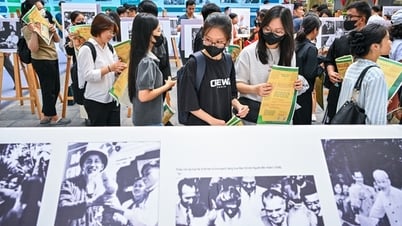
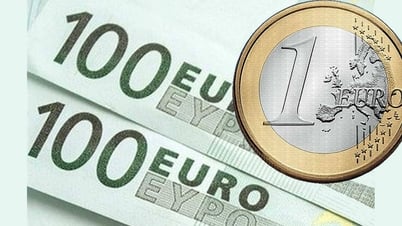

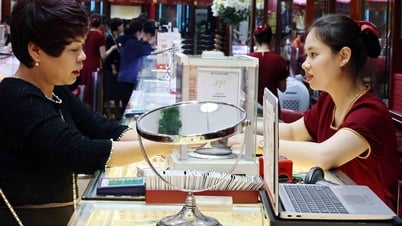
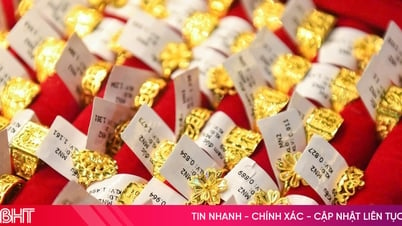

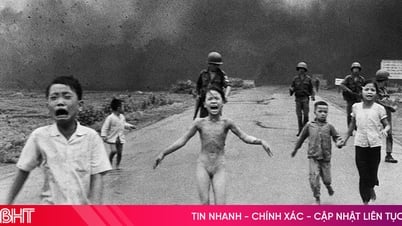
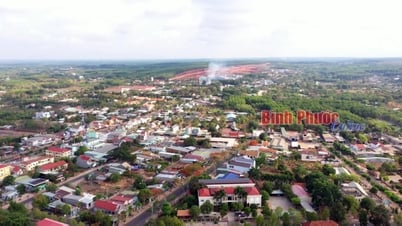









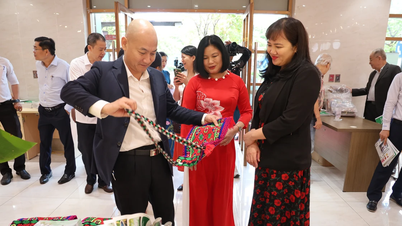

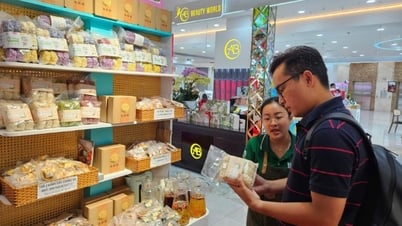
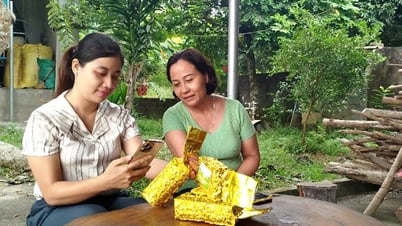

Comment (0)